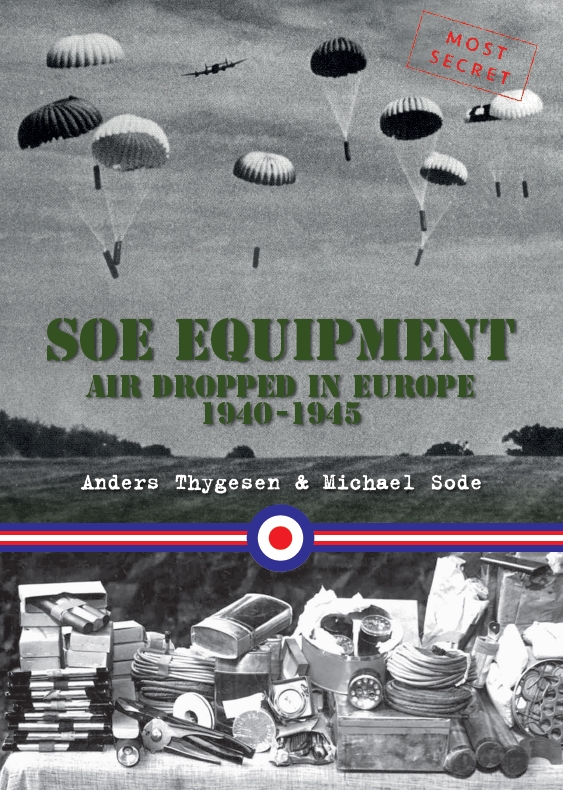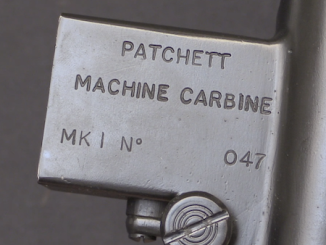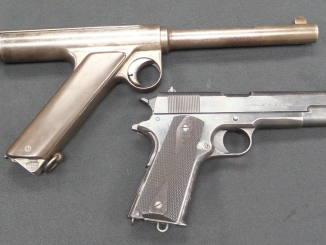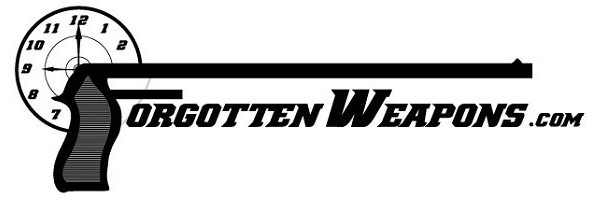Today we have a very odd BSA prototype Long Lee rifle. The details of its production are unknown, but it has good provenance; the Charnwood Ordnance collection. What makes the rifle unusual is a unique style of split charger guide unlike either the SMLE type fixed guides or the earlier CLLE guides mounted to the bolt head. It has commercial proof markings, and nothing on the receiver socket. An interesting mystery rifle for you Lee Enfield enthusiasts…
Related Articles

Accessories
Book Review: SOE Equipment Air Dropped in Europe 1940-1945
A while back I posted a review of a great little paperback account of Winston Churchill’s Toyshop – the development of clandestine warfare gear for use by saboteurs and resistance movements in occupied Europe during […]

Prototype
Patchett Machine Carbine MkI: Sten Becomes Sterling
The Patchett Machine Carbine Mk I is the predecessor to the Sterling SMG. It was developed by George William Patchett, who was an employee of the Sterling company. At the beginning of the war, Sterling […]

Antiques
Maxim-Silverman .455 Caliber Behemoth of a Pistol
Hiram Maxim’s hired shop supervisor was a man named Louis Silverman. He was a skilled engineer, who was treated rather poorly by Maxim, and whose contributions were systematically understated. One of the most interesting projects […]

I’m curious how a rifle from the Charnwood Ordnance collection ended up in Ian’s house? Did Ian buy it somewhere along the line? Another collector lend it?
Perhaps related to this patent as seen on Espacenet
GB190514587 (A) – Improvements in Certain Parts of Magazine-rifles
BIRMINGHAM SMALL ARMS CO LTD; GEORGE NORMAN
1906-01-18
“14,587. Birmingham Small Arms Co., and Norman, G. July 15. Breech actions, sliding breech-block. -Relates to guides for the cartridge chargers or clips attached to rifles of the Lee – Enfield and similar types. The right – hand guide, which is usually connected to the breech-bolt, is, according to the present invention, attached to the body a and made of the form shown at e in the sectional view, Fig. 3, having on its inner side a clearance or passage f so that the head of the bolt can pass through to allow the bolt to be fully withdrawn.”
So, when can we look forward to the 1000th Lee Enfield posting by Ian? Laughter.
You best start believing in Enfield stories…..You’re in one.
It is very interesting, especially, to see how the developers consistently went to the solutions that can be seen in the final versions.
Judging by the cutouts on the sides of the receiver, they already knew (or guessed) about the problem with the brass breaks.